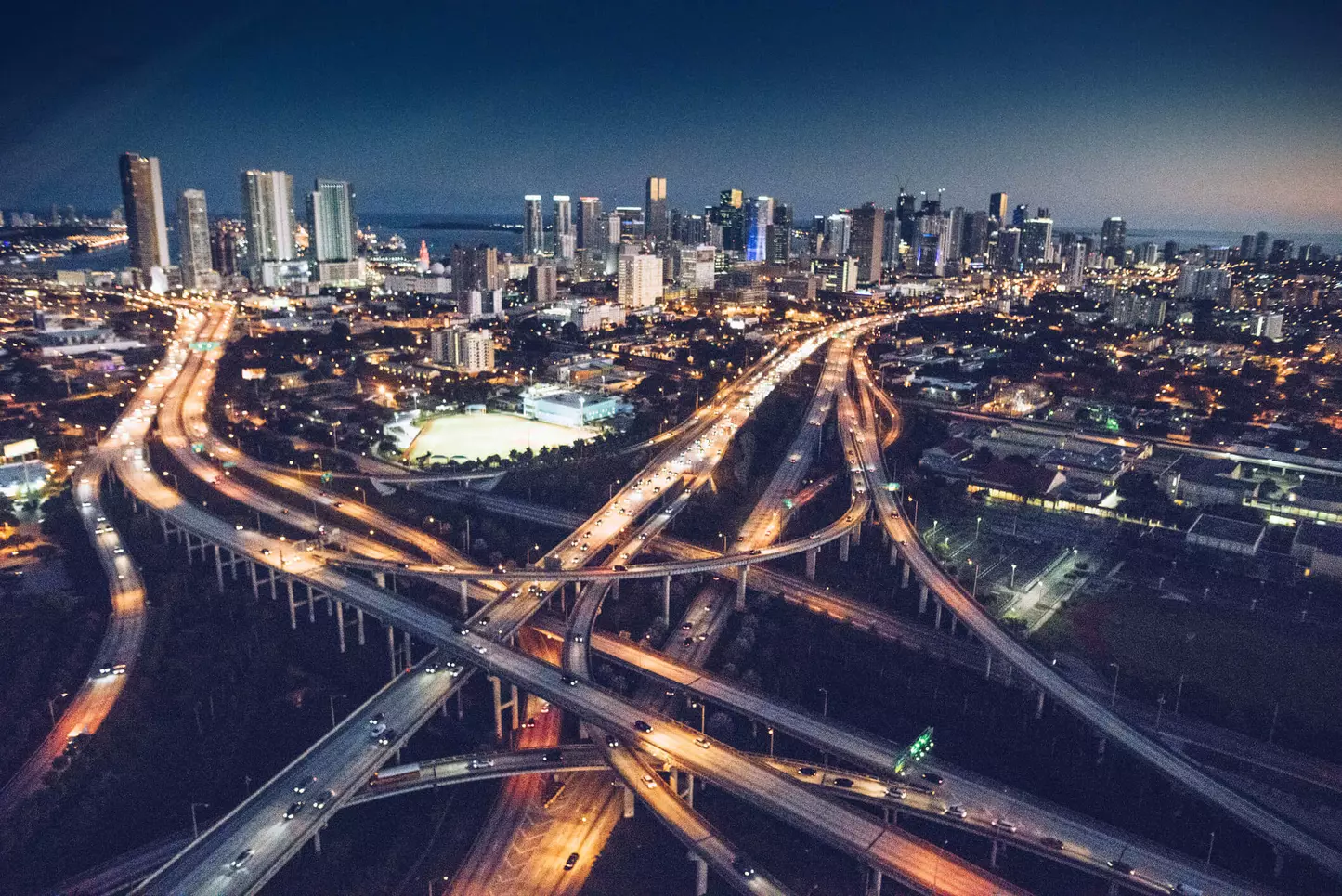One pole, many functions and 30% energy savings. The old lampposts that lit our streets for centuries are now a beacon of the energy crisis but can become a solution to serve the new needs of a smart city. From video-surveillance to Internet deployment to city traffic control, smart street lamps lend themselves to a mix of technologies, becoming valuable allies in the energy transition and technological development of cities, beyond 'simple' lighting.
The ubiquity of the medium and its 'zero' environmental impact make it versatile and functional. In a medium-sized city there are thousands of street lighting poles, at least 9 million are estimated to be found in Italy, of which 7 million are owned by municipalities. The public lighting network stretches over 270,000 kilometres, from large urban centres to the smallest village in the mountains.
On the consumption side, all this comes at a cost: the expenditure of electricity for public lighting in Italy between 2010 and 2019 was relatively stable at around 6,000 GWh, while it dropped to 5,146 GWh in 2020, probably as a result of the pandemic crisis.
Taking the latest available year for each country, it can be seen that Italy has a per capita consumption of 99 kWh, far higher than most other European countries: Italy's expenditure on public lighting in 2019 was Euro 1.8 billion, one of the highest in Europe. In the same year, per capita expenditure on public lighting in Italy was Euro 30.5, much higher than in Austria (Euro 24.6), France (Euro 22.7) and Germany (Euro 4.8).
But the intelligent street lamp can be a great cost-saving tool, adjusting the luminous flux according to the time of day and the statistical data of traffic volumes on the road. In addition, with the advent of adaptive lighting, the pole also became a support for the traffic sensor, luminance meter and weather sensor. Parameters needed to optimise power consumption while still ensuring maximum safety, in short what is called 'closed-loop adaptive lighting'. Real-time adjustment against a statistical database (time tables) leads to savings of up to 25%.
Adapting the amount of energy to the light needed according to weather and traffic conditions allows the concept of adaptive lighting to be grounded. The lighting fleet is telemanaged in smart mode mainly in two ways. The first is the point-to-point telecontrol that allows all lamps to be remotely controlled; and the second is the stand-alone telecontrol that remotely monitors the ignition panel.
There are several smart lighting projects around the world that have already become reality: Miami, USA, has more than 500,000 smart light poles, all connected to the grid. The project was designed to ensure significant energy savings (-44% achieved) and, consequently, a reduction in CO₂ emissions. The replacement of conventional street lighting was in line with the city's Climate Action Plan, which now has the highest number of connected lighting points in the world.
For years, Milan has also been engaged in projects to increase smart lighting in the city centre. In the case of public lighting, the replacement of poles started in 2014 in a phased manner and covered 136,000 lighting points. The new systems provide advanced lighting management and, in addition to energy savings, allow the operation of each device to be monitored, anomalies and energy peaks to be detected. CO₂ emissions saved amounted to 23 tonnes and energy savings reached 50 per cent.
Many municipalities have announced plans to introduce them instead of traditional lamps: Reggio Emilia will install 36,000 of them, Bari has earmarked Euro 5 million to replace old ones, and similar projects are registered in Rieti, Livorno and Cesena.
Among the fastest growing projects in the world is the one in Jakarta: some 90,000 connected LED street lamps have been installed in the Indonesian city. The replacement took place in record time: less than a year.
Beyond energy savings, this system has the advantage of increasing safety on the road by reducing road and pedestrian accidents. The services offered also include weather and traffic detection, environmental analysis, criticality (accidents, weather warnings, emergencies, etc.), video surveillance, parking situation and internet access points.
The smart proposal needs a wide communication bandwidth to support traffic, lighting, weather, video surveillance and Internet sensors.
In the field in Italy, there are several players working on these technologies (e.g. utilities such as A2A and Hera) and in particular EnelX, the technology division of Enel that has developed several projects with the Italian company Algorab. The company provides, among other applications, an innovative wireless sensor network solution enabling the remote control and management of public lighting and an intelligent Internet of Things infrastructure for smart city services. A technology that has already been exported to several continents and with which Italy is now trying to align itself with the most advanced best practices.
